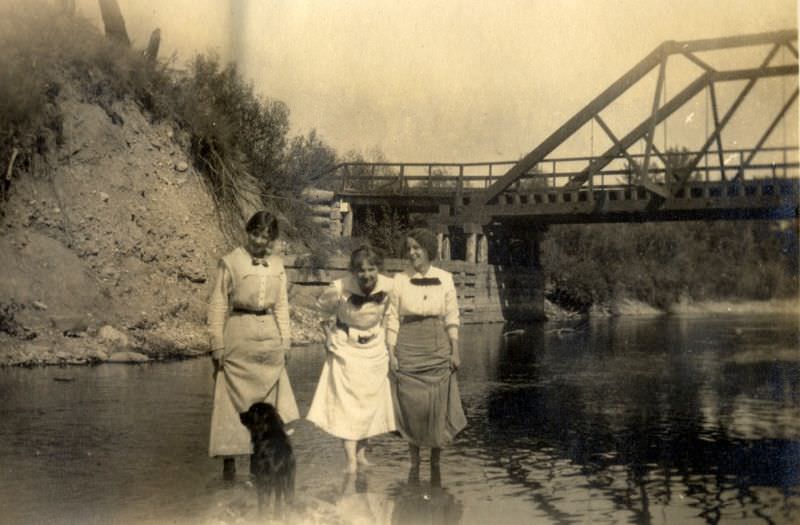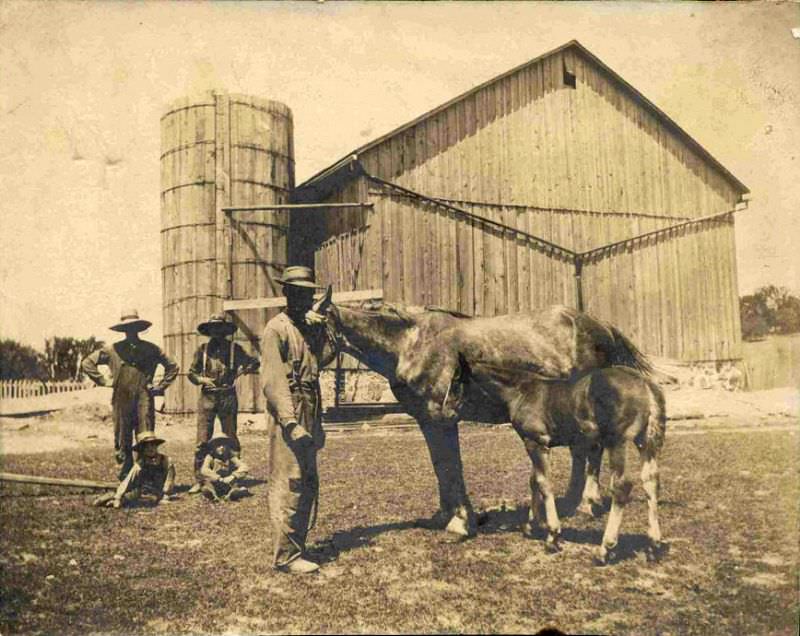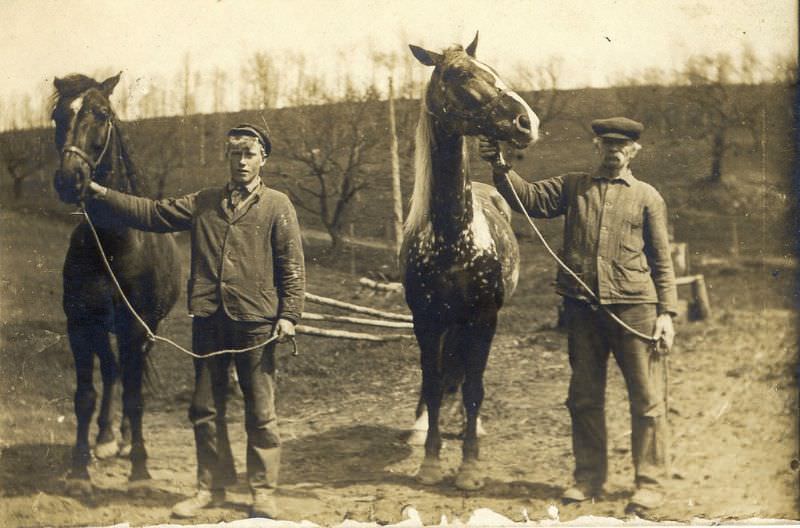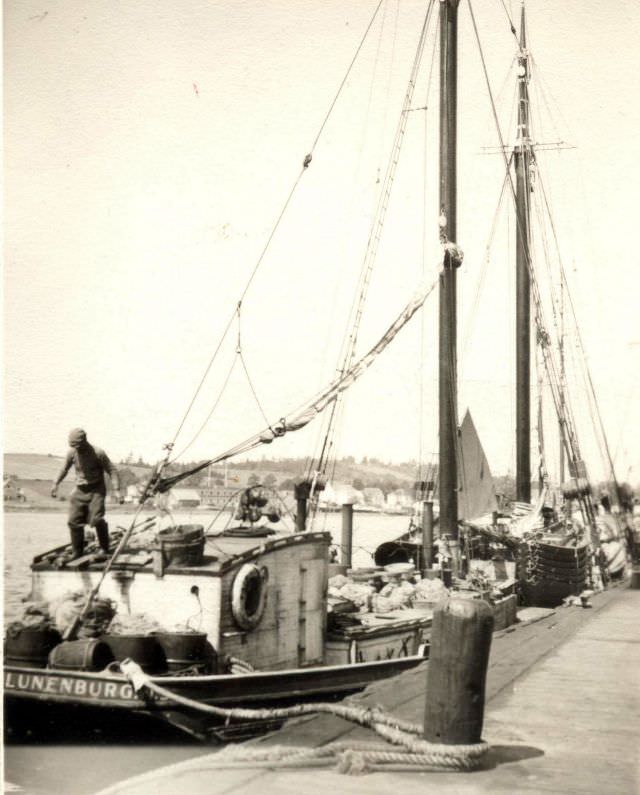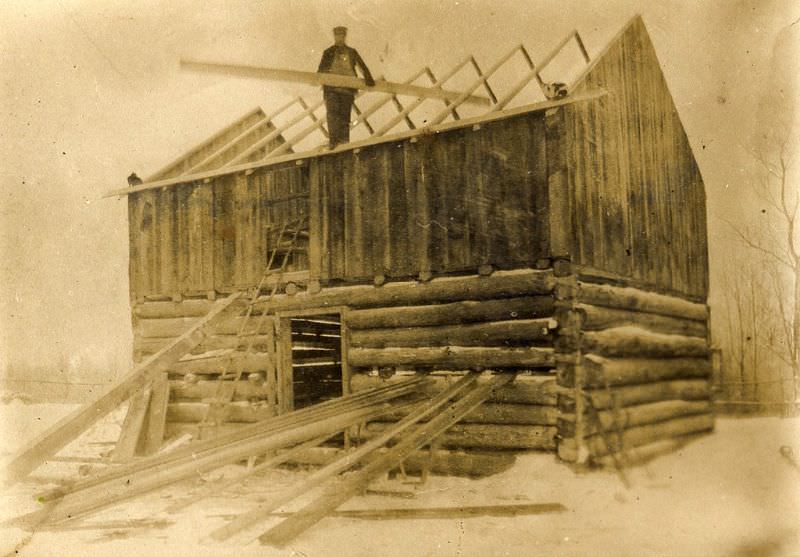In the early 1900s, everyday life in Canada was shaped by the country’s growing population, its expanding cities, and the shift from rural to urban living. Many Canadians lived on farms or in small towns, but cities were starting to grow rapidly. The balance between these two lifestyles tells a lot about how people worked, traveled, and spent their time during this period.
For those living in rural areas, farming was a central part of life. Most families were self-sufficient, growing their own food and raising livestock. Horses were a common sight, used to plow fields and transport goods. Farm work was labor-intensive and took up most of the day. Men typically handled the heavier tasks like planting and harvesting crops, while women managed household chores, cared for children, and helped with milking cows or tending to small animals. Children, from a young age, were expected to help with chores, whether it was gathering eggs, feeding animals, or helping in the garden.
Read more
Life in rural communities was often centered around the seasons. Spring and summer were busy times for planting and harvesting, while fall was used for preparing for the long, cold winters. Winters in Canada could be harsh, particularly in the Prairies and northern regions, where snow and ice made travel difficult. Families stocked up on food and firewood in the fall to ensure they had enough to last through the colder months. During the winter, when work slowed down, people would spend more time indoors, often gathered around the hearth for warmth, cooking meals, mending clothes, or telling stories.
In small towns, local shops and general stores were the center of commerce. These stores sold everything from food and tools to fabrics and household goods. People often made their own clothing, so fabrics and sewing supplies were in high demand. Bartering was still common in some areas, with people trading goods or services instead of using cash. The local blacksmith, for example, might trade his services for fresh produce or meat.
Urban life in Canada was quite different from rural life. By the 1900s, cities like Toronto, Montreal, and Vancouver were growing rapidly. Many people moved to these cities looking for work in factories, railroads, or construction. The Industrial Revolution had brought new opportunities, and as a result, the population in urban areas exploded. Factories produced goods like textiles, machinery, and food products, leading to job opportunities for many immigrants and Canadians leaving the countryside. In these cities, people lived in close quarters, often in small apartments or row houses.
The workday in cities was long and often physically demanding. Factory jobs were tough, with workers typically spending 10 to 12 hours a day on the job, six days a week. Workplace safety was a major concern, as accidents were common, and there were few regulations to protect workers. Men, women, and even children worked in factories, though men usually held the higher-paying jobs. Child labor was still widespread in the early 1900s, and many children worked alongside their parents in factories or as newsboys, messengers, or in other small jobs.
Public transportation was developing in cities during the early 1900s. Streetcars and horse-drawn carriages were common in larger towns and cities, allowing people to travel around more easily. Automobiles were still rare and expensive, so most people relied on walking or public transit to get to work or run errands. The roads, especially in winter, could be muddy or icy, making travel difficult at times. Bicycles were also becoming more popular for those who could afford them, offering a quicker way to get around.
Education was becoming more important to Canadians in both rural and urban areas. In rural areas, one-room schoolhouses were common, where a single teacher would instruct children of all ages in basic subjects like reading, writing, and arithmetic. In cities, schools were larger, and education was becoming more structured. Attendance was mandatory in many provinces by the early 1900s, though many children, especially in rural areas, still left school early to help their families with work.
Leisure time in the early 1900s was limited, especially for working-class families, but people still found ways to enjoy themselves. In rural areas, social gatherings often took place at churches or community halls. People would come together for dances, potluck dinners, and other events. The church played a major role in community life, often organizing these social events, as well as charity work and providing spiritual guidance. In the cities, people had more access to entertainment like theaters, sports events, and parks. Going to the movies became a popular activity in the 1910s, when silent films started to draw large audiences.


